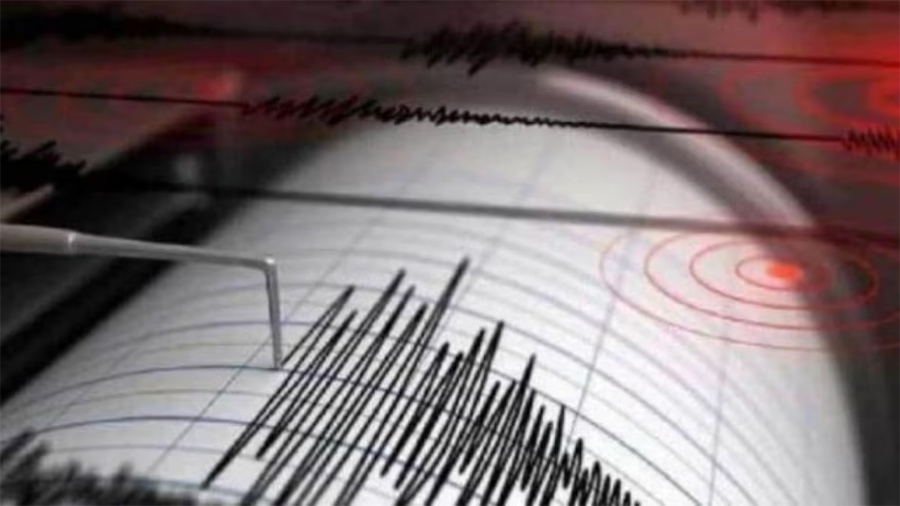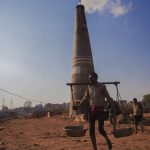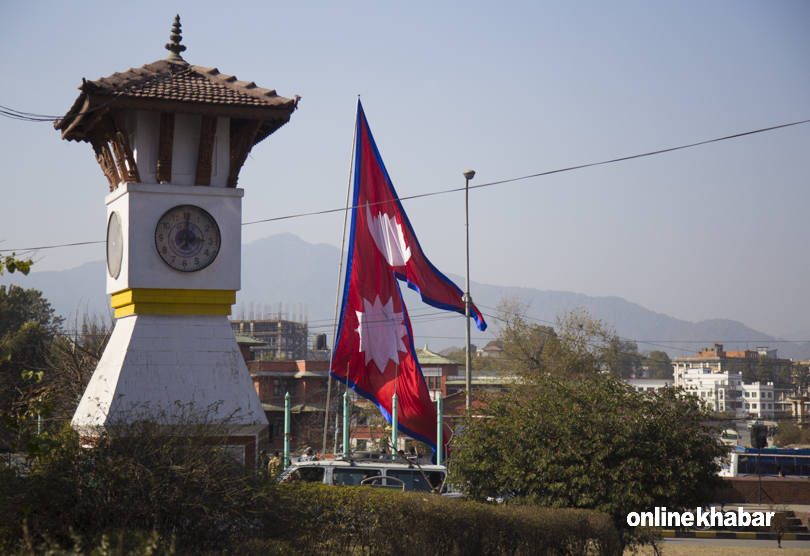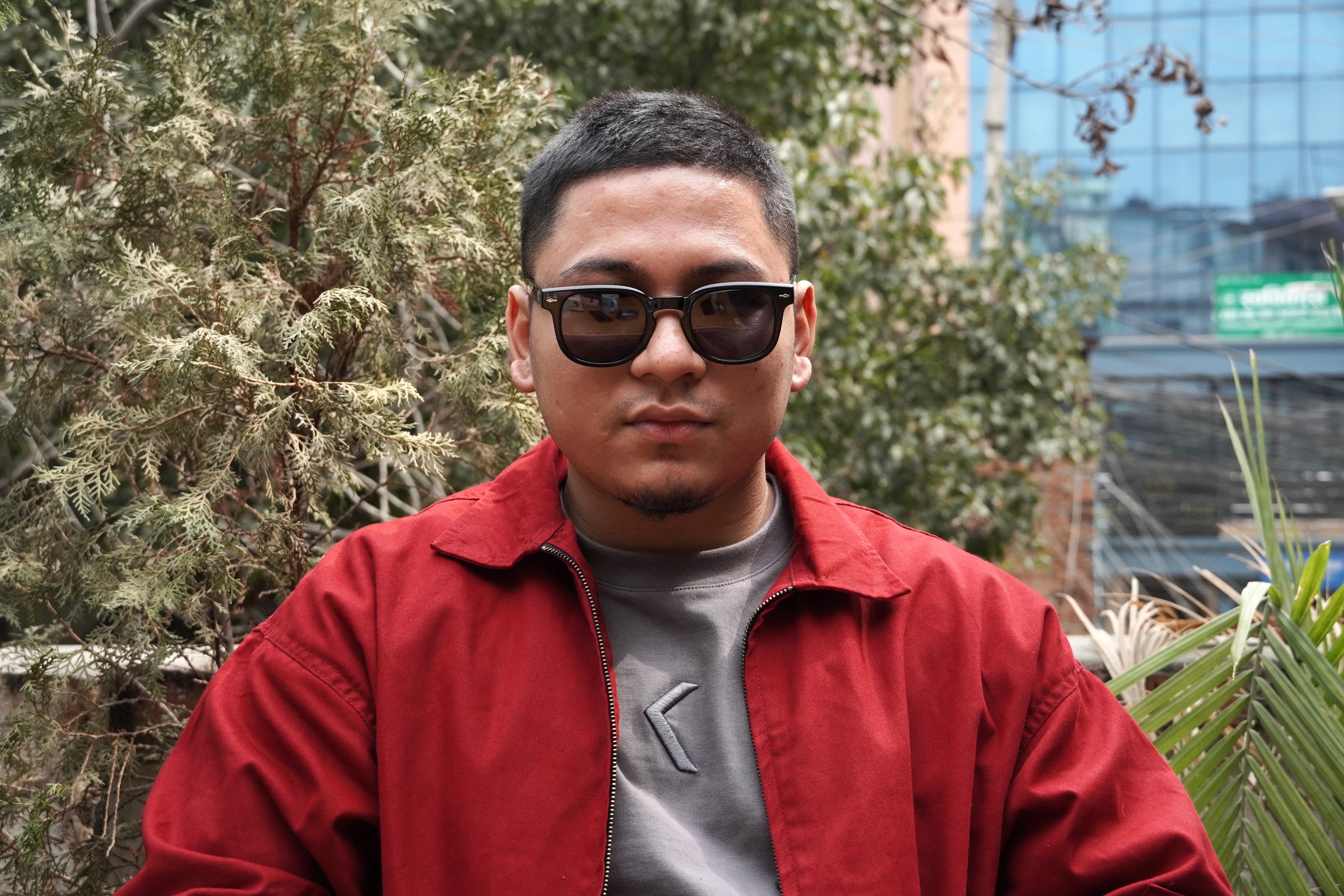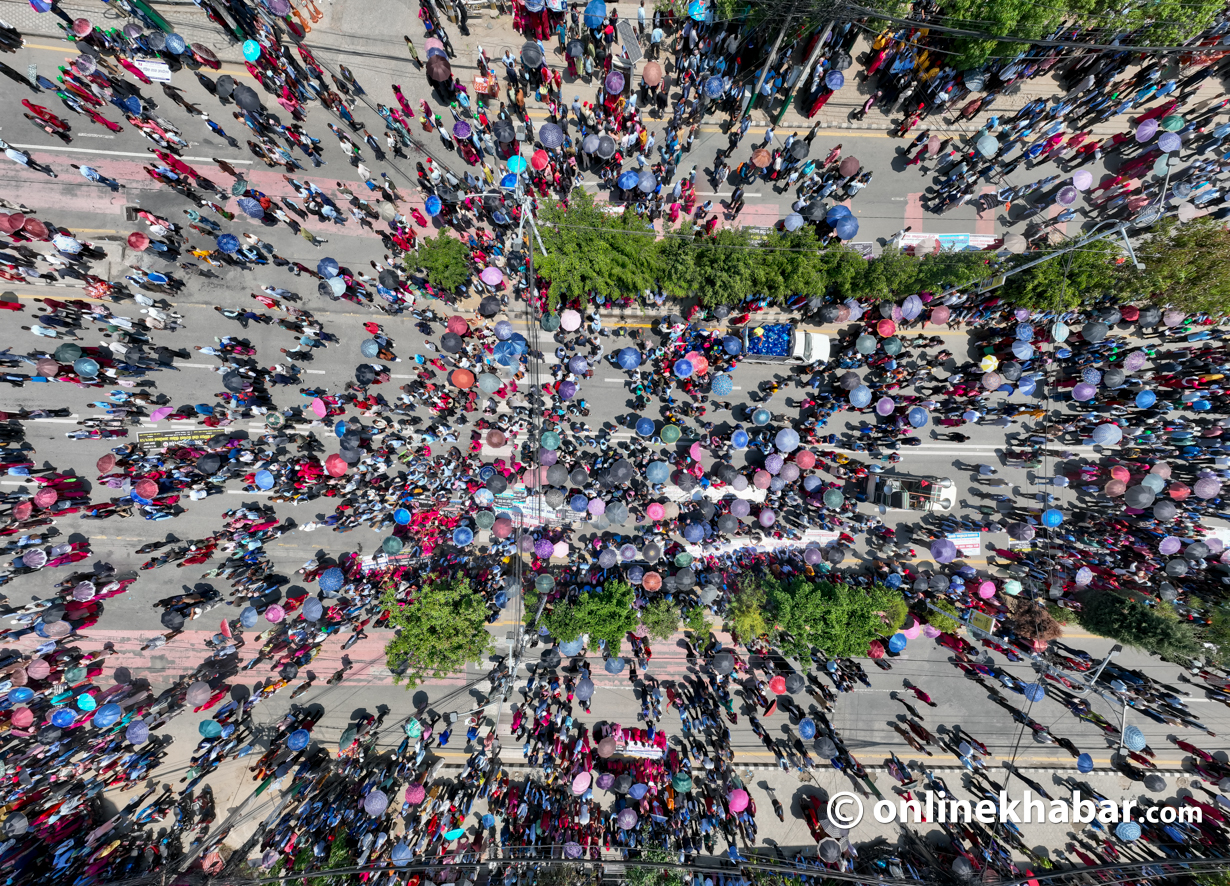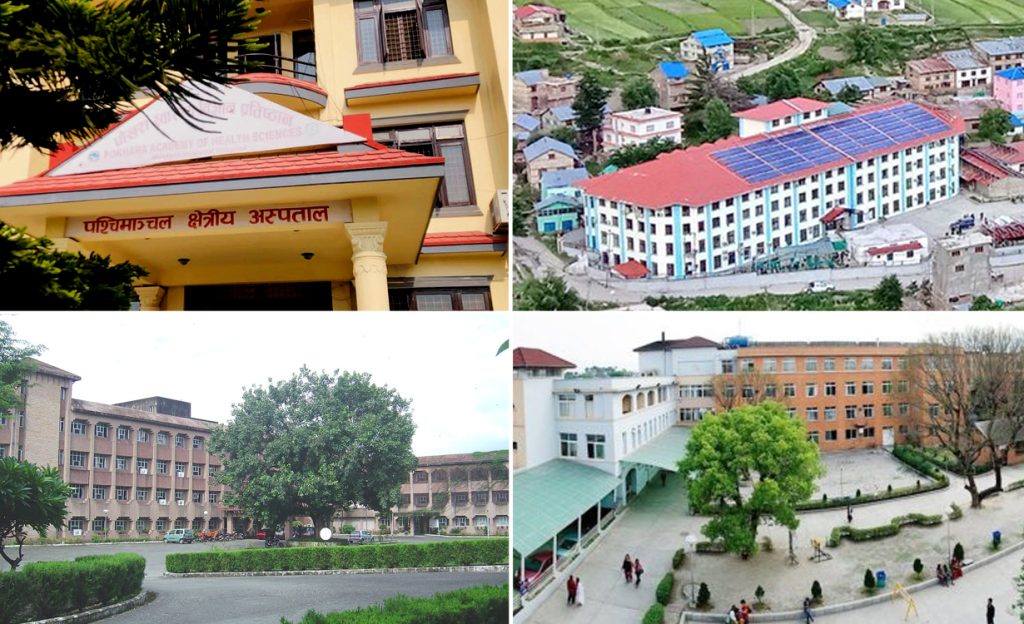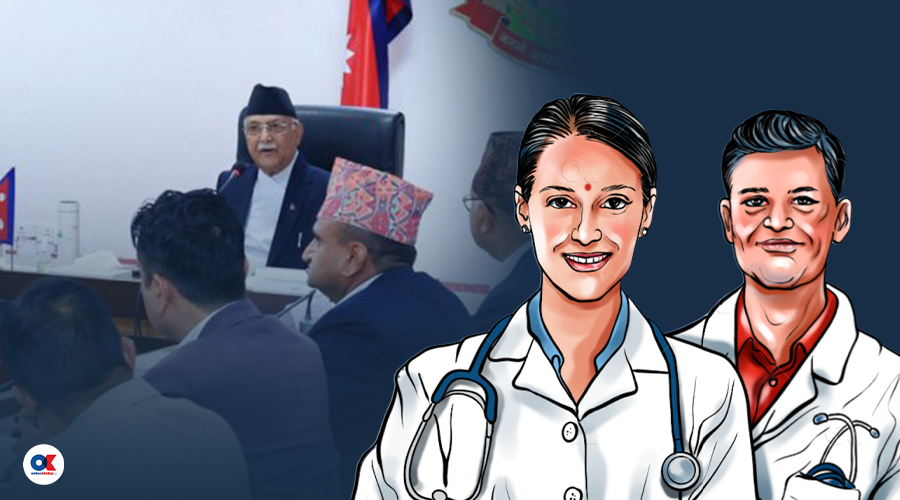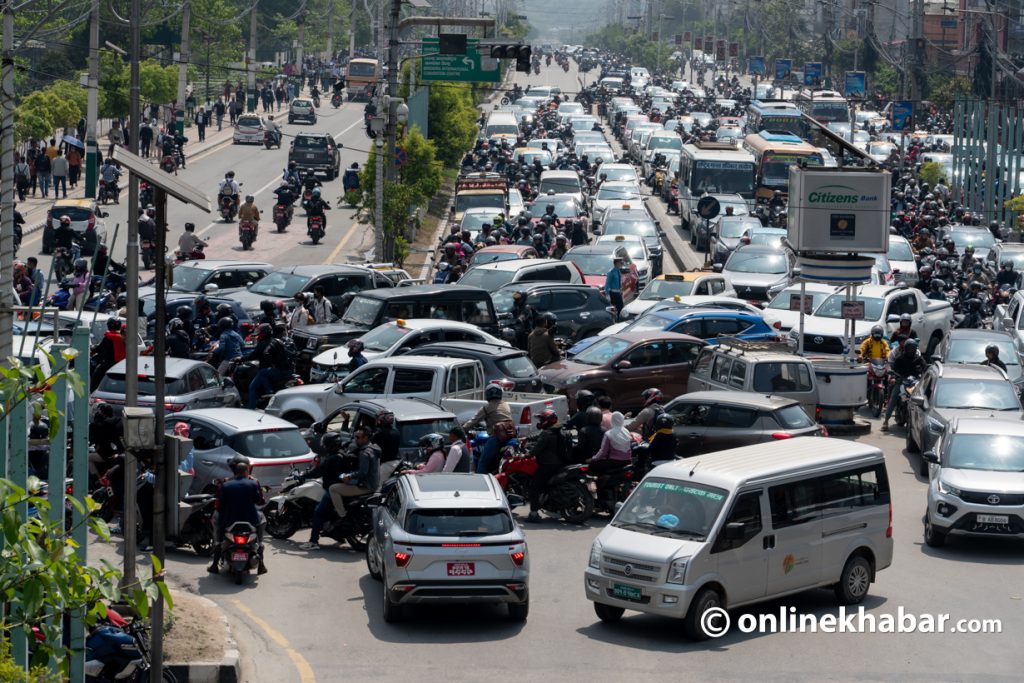
With the winter widening its grip, the frequency of death by asphyxiation sees an increase too. Just last week, two died of asphyxiation while sleeping in Birgunj. And the cases pop up every year.
But, why does every winter come with the same kind of news?
Here are a few reasons why death by asphyxiation is so common in Nepal, especially during winter.
1. Increased use of heating sources
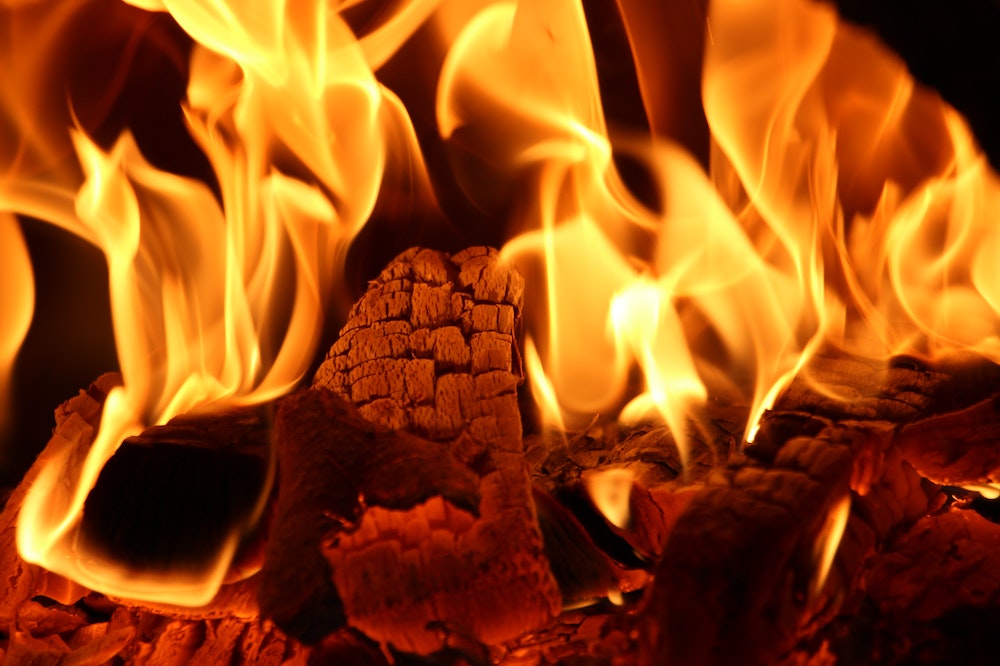
During the winter, people tend to use heating sources such as space heaters, fireplaces, and boilers more frequently, which can lead to carbon monoxide (CO) poisoning, if not properly ventilated. These heating sources can emit CO gas, which can build up in enclosed spaces if not properly ventilated. The symptoms of CO poisoning can be similar to the flu and can include headaches, nausea, and dizziness. In severe cases, CO poisoning can lead to unconsciousness and death.
Some people may use alternative heating sources such as gas stoves or ovens, which can also lead to CO exposure if not used properly. These heating sources may not be designed for indoor use and may not have proper ventilation systems in place. Additionally, people may use these heating sources in other enclosed spaces while they sleep, which can further increase the risk of CO exposure and leads to death by asphyxiation.
2. Improper ventilation

It is not just the use of heating sources that causes death by asphyxiation. Some heating sources may turn lethal when the rooms are not properly ventilated, which can cause CO to build up in enclosed spaces. This can happen when a heating source is placed in an enclosed space such as a garage, or when a chimney is blocked by debris. Improper ventilation can also happen when a heating source is not maintained or serviced regularly, which can cause it to emit more CO than it should.
During the winter, chimneys can become blocked by debris such as leaves and snow, preventing proper ventilation of heating sources. This can cause CO to build up in the home and cause a fire hazard. Additionally, chimneys that are not cleaned and inspected regularly can develop cracks or leaks, which can also allow CO to enter the home.
3. Hypothermia

Cold winter weather can also increase the risk of death from hypothermia, which can lead to asphyxiation if the body becomes too cold to function properly. Hypothermia occurs when the body’s core temperature drops below normal, which can cause the body’s systems to shut down.
This can lead to difficulty breathing, which can ultimately lead to death by asphyxiation. People exposed to cold weather for extended periods, such as the homeless or those without proper insulation in their homes, are at a higher risk of developing hypothermia.




